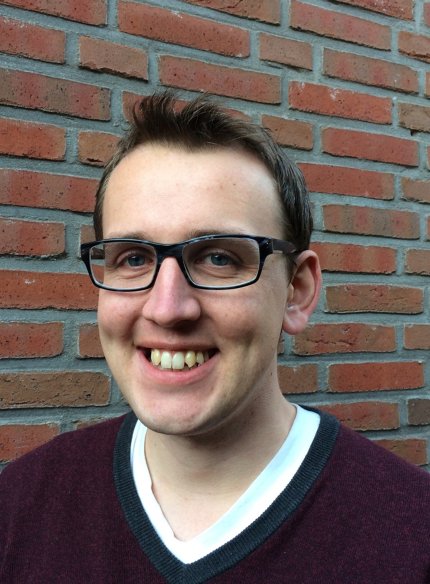Zwitterionic poly(amido-amine) based nanogels
Nanotechnology provides the tools to influence biological processes on the cellular and molecular level, which offers great opportunities for medical applications, such as targeted imaging and drug delivery. Owing to their tremendous variability, polymeric nanoparticles can act as a versatile delivery vehicle for targeted imaging and controlled drug delivery. Hydrogel nanoparticles, or nanogels, are a class of biocompatible nanostructures, which can be used for imaging and delivery of therapeutics. Nanogels can be rendered responsive to a range of biophysical cues for triggered release and environment-responsive imaging. Moreover, zwitterionic nanogels show minimal non-specific interactions with proteins and cells, rendering them highly stable in biological environments and very suitable for targeting specific tissues and cell types. This thesis describes the formation and evaluation of peptidomimetic zwitterionic poly(amido amine) nanogels as a suitable carrier for the targeted delivery of imaging agents therapeutics.

Tony Ekkelenkamp is a PhD student in the research group Biomaterials Science and Technology, directed by Dirk Grijpma. Promotor is Johan Engbersen
Zwitterionic poly(amido amine)s were prepared by a step-growth polymerization and characterized. To obtain nanogels, an aqueous solution of the zwitterionic poly(amido amine) was added to an excess volume of acetone or acetonitrile. Due to the insolubility of the poly(amido amine) in acetone and acetonitrile, a dispersion of small the poly(amido amine) clusters of around 100 nm is formed. After crosslinking these structures and re-dispersion in water, a nanogel solution is obtained. These nanogels proved to be very stable while being exposed to high protein concentrations, which was attributed to the zwitterionic nature of the nanogels. Furthermore, cellular toxicity proved to be minimal in in-vitro studies. New functional groups could also be introduced to the nanogel surface, enabling the attachment of functional molecules for imaging or targeting of specific cells and tissues. This makes these new materials very interesting as versatile and highly stable nanostructures, exhibiting minimal toxicity.
Starting-time 14.30h in Building Waaier - Prof. G. van Berkhoff-zaal





